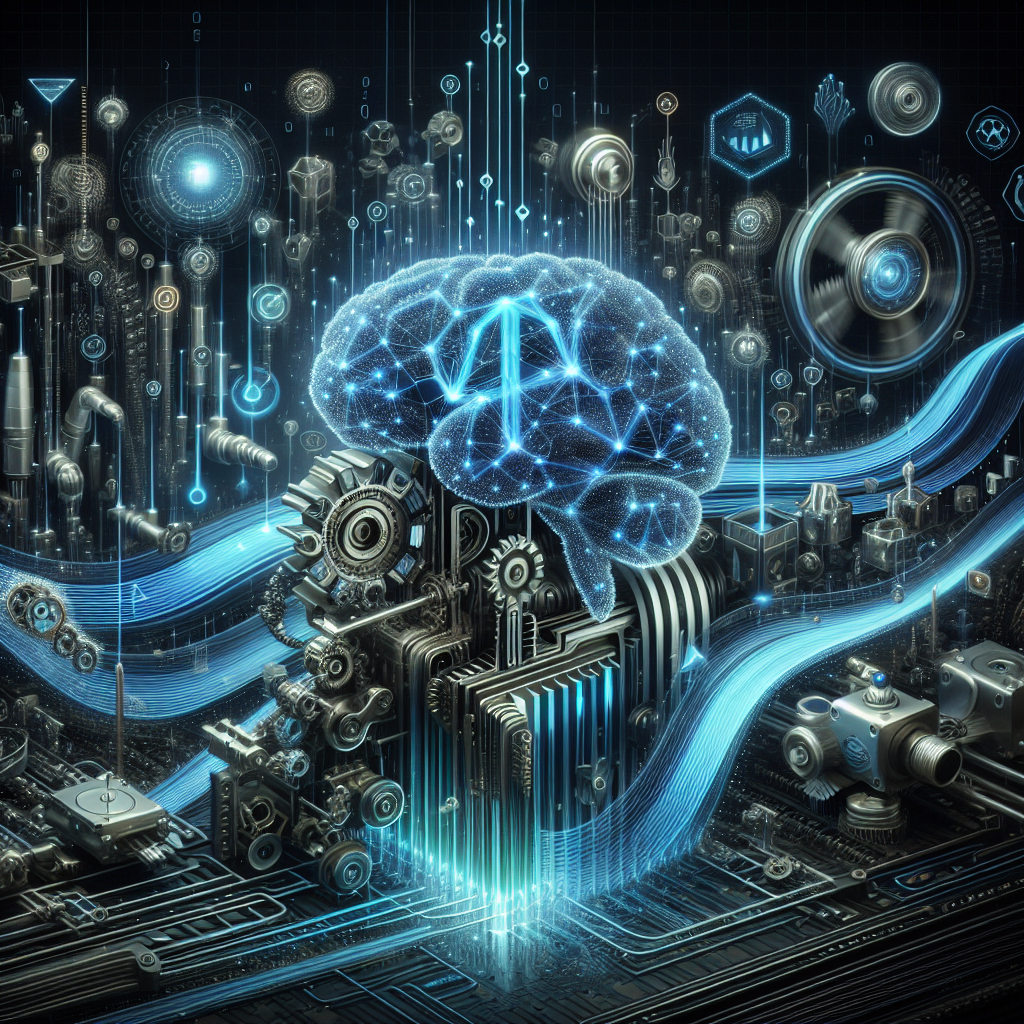Additive manufacturing, also known as 3D printing, has revolutionized the manufacturing industry by allowing for the rapid production of complex and custom parts. However, like any manufacturing process, 3D printing machines require regular maintenance to ensure optimal performance. Predictive maintenance, aided by artificial intelligence (AI), has emerged as a powerful tool to help manufacturers keep their additive manufacturing machines running smoothly.
Predictive maintenance uses data and analytics to predict when a machine is likely to fail so that maintenance can be performed proactively, minimizing downtime and reducing costs. AI plays a crucial role in predictive maintenance by analyzing large amounts of data to identify patterns and trends that can indicate when a machine is at risk of failure. By using AI algorithms, manufacturers can predict maintenance needs more accurately and efficiently than with traditional methods.
In the context of additive manufacturing, predictive maintenance can help manufacturers avoid costly breakdowns and extend the lifespan of their 3D printing machines. By monitoring key performance indicators such as temperature, vibration, and print quality, AI can detect early signs of wear and tear or other issues that could lead to machine failure. This allows manufacturers to schedule maintenance at the most convenient time, preventing unplanned downtime and ensuring that production runs smoothly.
One of the key benefits of using AI for predictive maintenance in additive manufacturing is the ability to optimize maintenance schedules. Traditional maintenance approaches are often based on fixed schedules, which can result in unnecessary maintenance or missed opportunities to prevent failures. AI, on the other hand, can analyze real-time data from sensors and other sources to predict when maintenance is truly needed. By taking into account factors such as machine usage, environmental conditions, and historical performance data, AI algorithms can generate maintenance schedules that are tailored to the specific needs of each machine.
Another advantage of AI-driven predictive maintenance is the ability to detect anomalies and patterns that may not be obvious to human operators. AI algorithms can analyze data from multiple sources and identify subtle changes in machine behavior that could indicate potential issues. By detecting these anomalies early, manufacturers can take corrective action before a failure occurs, saving time and money.
Furthermore, AI can help manufacturers optimize their spare parts inventory by predicting which components are most likely to fail and when they will need to be replaced. By accurately forecasting maintenance needs, manufacturers can stock the right parts in the right quantities, reducing the risk of stockouts and minimizing inventory costs.
In addition to predictive maintenance, AI can also be used to improve the overall performance of additive manufacturing machines. For example, AI algorithms can optimize printing parameters such as speed, temperature, and material usage to achieve the best results in terms of quality and efficiency. By continuously analyzing data from sensors and cameras, AI can fine-tune the printing process in real time to ensure that each part meets the desired specifications.
Overall, AI-driven predictive maintenance has the potential to revolutionize the way additive manufacturing machines are maintained and operated. By harnessing the power of AI to analyze data and predict maintenance needs, manufacturers can maximize uptime, reduce costs, and improve the overall performance of their 3D printing machines.
FAQs:
Q: How does AI predict maintenance needs in additive manufacturing machines?
A: AI uses data from sensors, cameras, and other sources to analyze patterns and trends that indicate when a machine is at risk of failure. By monitoring key performance indicators such as temperature, vibration, and print quality, AI can detect early signs of wear and tear or other issues that could lead to machine failure.
Q: What are the benefits of using AI for predictive maintenance in additive manufacturing?
A: AI-driven predictive maintenance allows manufacturers to optimize maintenance schedules, detect anomalies early, and optimize spare parts inventory. By accurately forecasting maintenance needs and taking corrective action before a failure occurs, manufacturers can minimize downtime, reduce costs, and improve overall machine performance.
Q: How can AI improve the performance of additive manufacturing machines?
A: AI algorithms can optimize printing parameters such as speed, temperature, and material usage to achieve the best results in terms of quality and efficiency. By continuously analyzing data from sensors and cameras, AI can fine-tune the printing process in real time to ensure that each part meets the desired specifications.

